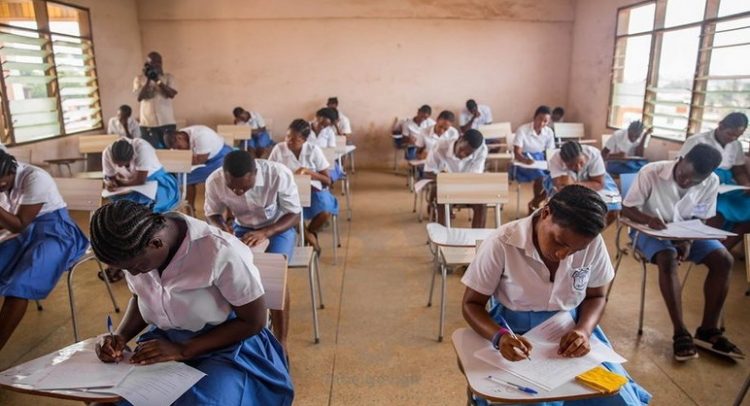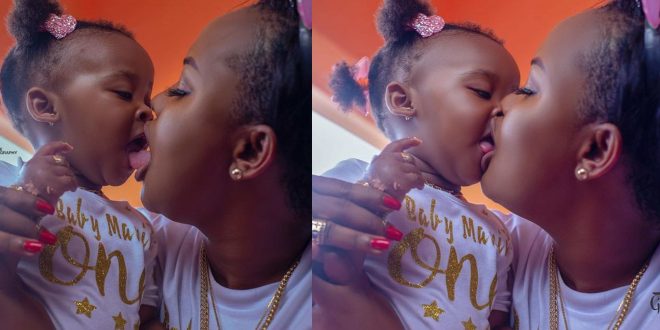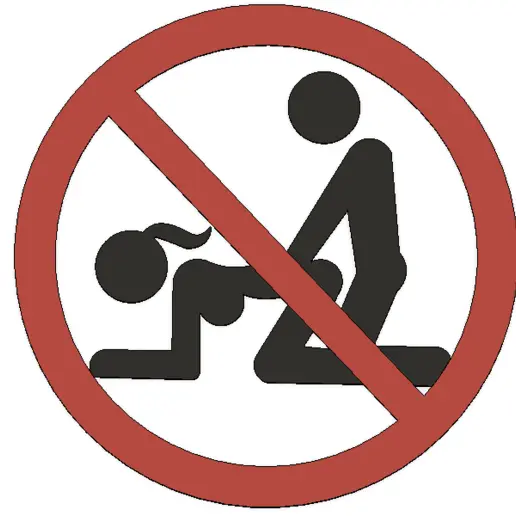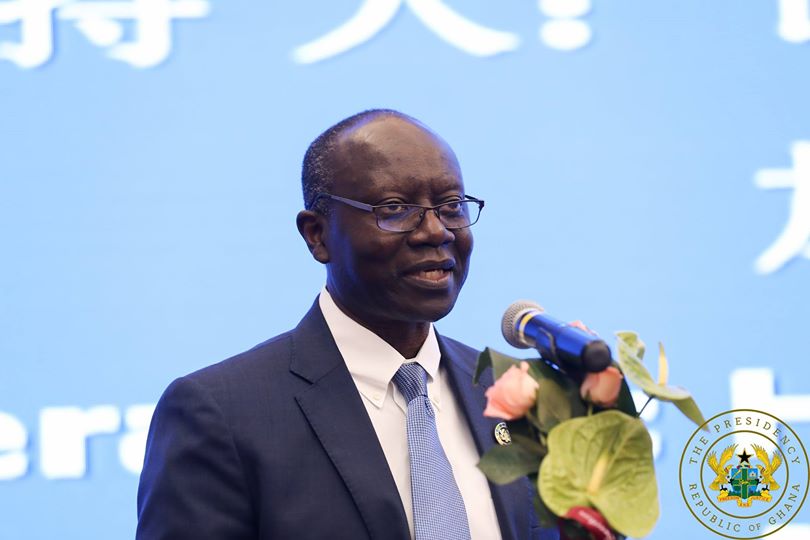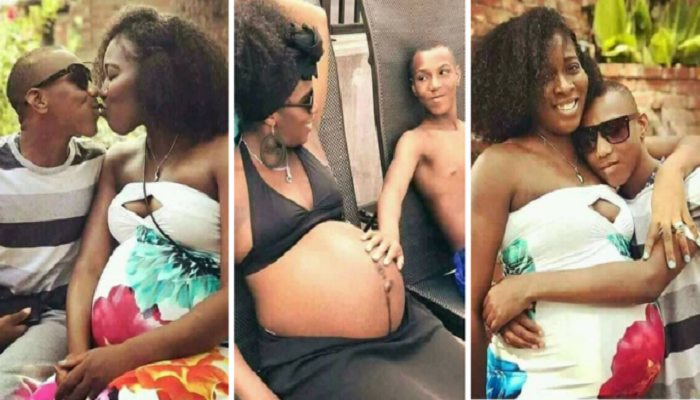2020 West African Senior School Certificate Examination (WASSCE) in Ghana have dropped compared
to 2019.
The Number of Schools that participated in WASSCE in 2017 increased from 916 to 946 in 2018 and
jumped again to 987 in 2019, compared to 976 in 2020.
The drop in the figure is attributed to the introduction of free Senior High school in 2017 which has
collapsed some private Schools.
ALSO READ : Chairman Wontumi – Don’t Allow Anyone to Manipulate You
In all, 375,737 candidates from 976 schools will be writing the examination at 796 centers throughout the
country for 2020.
Out of the figure, about 188,163 are females, while the remaining 187,573 are males.
Regional breakdown:
The Ashanti and the Eastern region’s top with 87,295 and 56,467 candidates, respectively, while the
Bono, Bono East, and Ahafo regions combined follow with 45,295 candidates, with the Central and the
Greater Accra regions presenting 42,956 and 37,974 candidates, respectively.
The Oti and Volta regions together are presenting 34,466 candidates, with the Northern, Savanna, and
North East also presenting 248,330, while the Western and Western North regions present 24,332
candidates.
ALSO READ : Woman Gives Birth to Quadruplets, father runs into hiding due to his inability
The Upper East and Upper West regions follow with 13,334 and 8,798, respectively.
Recent Years of statistics:
A total of 346,098 candidates from 987 public and private senior high schools (SHSs) will write the 2019
West African Senior School Certificate Examination (WASSCE) for School Candidates.
The figure for the 2019 WASSCE is a 9.2 percent increase over the 2018 figure of 316,980 candidates.
A total of 316,999 candidates entered for the 2018 WASSCE examination.
This figure is 9.6% higher than the 2017 candidature of 289,207.
The 2018 entry figure was made up of 158,550 (50.02 %) males and 158,449 (49.98%) females.
The examination was conducted for 946 participating schools.
In 2017, WASSCE was conducted for 289,210 candidates in Ghana.
The number consisted of 147,591 males and 141,619 females.
The candidates were from 916 schools, and include 47 visually impaired candidates and 124 hearing-impaired candidates.


